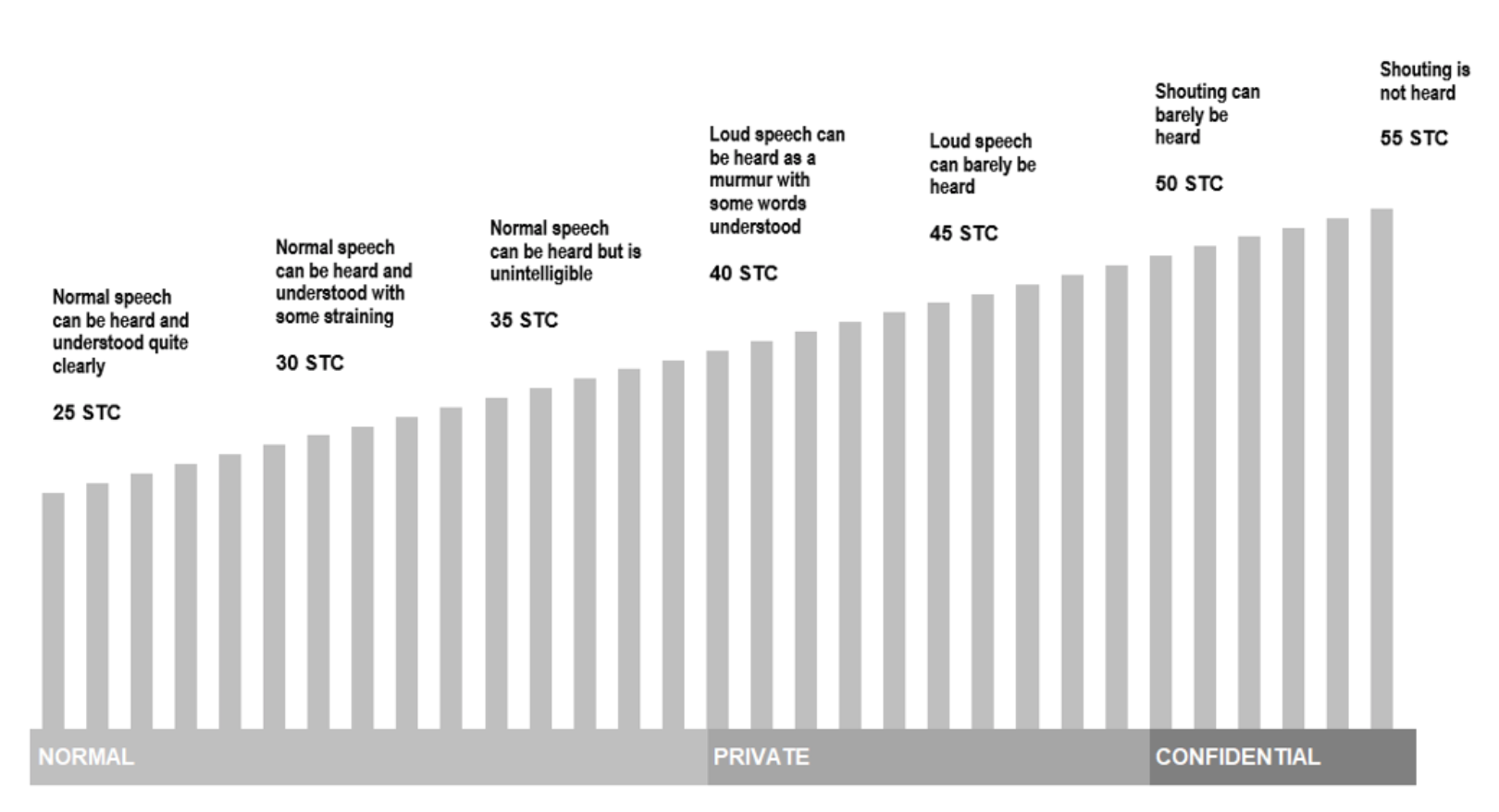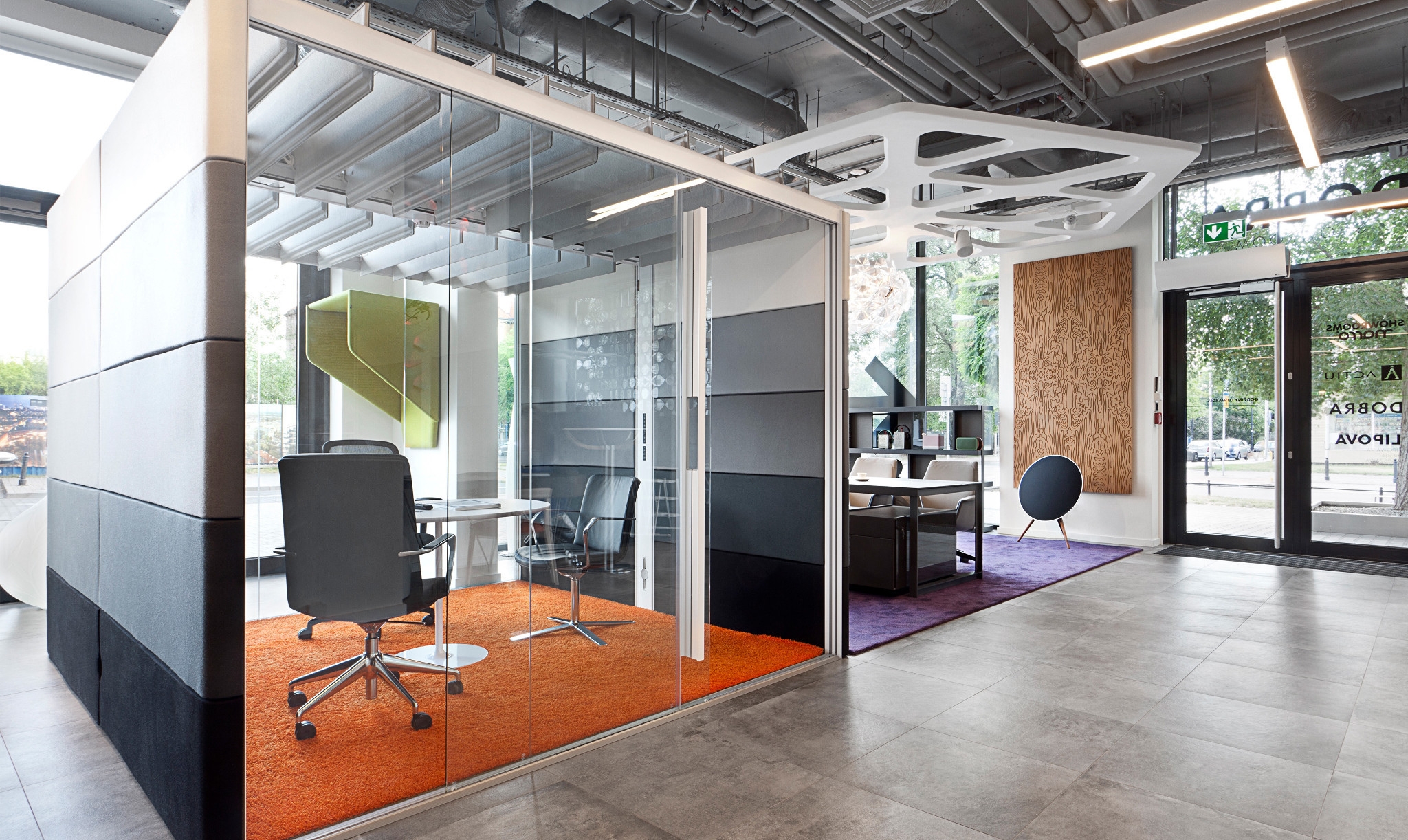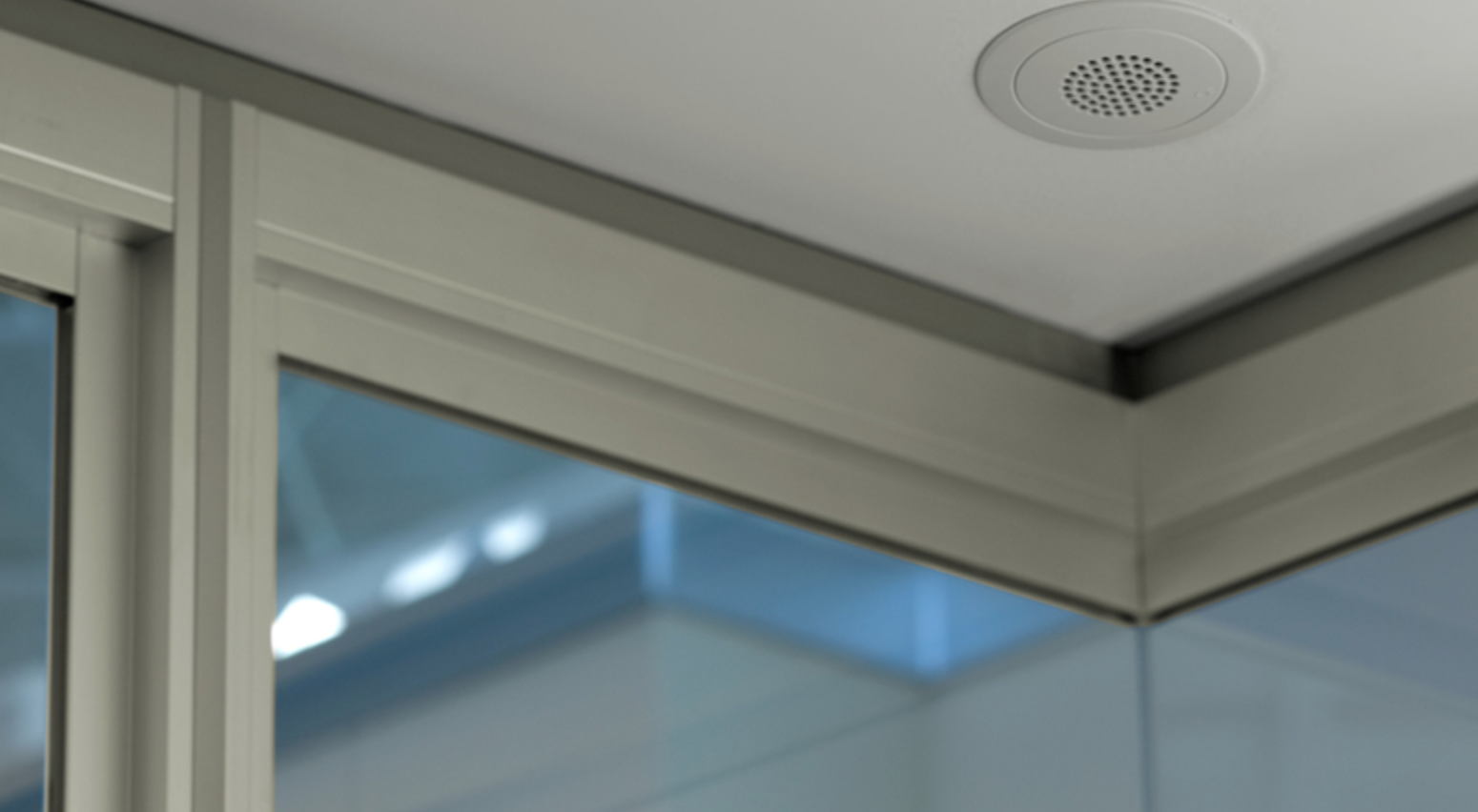Look Book Issue 3 | Be Well 20/20 | Steelcase Acoustics + Privacy
 SOUND MASKING WITHIN THE BUILT ENVIRONMENT
SOUND MASKING WITHIN THE BUILT ENVIRONMENT
Several studies show how acoustic performance of the workplace environment can affect the wellness of its occupants. I’m sure most of you have experienced the scenario where you were trying to focus, only to be distracted by hearing others in conversation; where you were wanting to have a private discussion and were worried that others could hear you; where you need a place for respite and rejuvenation and there is no where to go. These cases are often cause for complaint and dissatisfaction, which in-turn hinder worker productivity and wellness.
“In a study of more than 23,000 workers, 43% believed noise has a negative impact on their work.” – The Center for the Built Environment
Recently we also find that there is an increased need for enclosed rooms to conduct virtual meetings. And interesting enough, as many organizations accommodate social distancing with temporary reduced number of occupants at a give time, there may be situations when an open space may seem eerily too quiet.
A successful workplace environment provides choice and control for employees with an ecosystem of settings to perform their best work throughout the day. This includes a balance of acoustic privacy and flexibility for future change. By providing a range of spaces that accommodate these settings, we enhance overall wellbeing of it occupants.
When considering design elements for architectural acoustics we first need to understand the three primary concepts for noise control and speech privacy (the ABC’s of acoustics):

Absorption
The process of adding acoustically absorptive materials to a space. Examples include acoustic ceiling tiles, acoustic wall panels, carpeting, etc. One of the common units of measure for absorption is NRC (Noise Reduction Coefficient).
Blocking
Blocking sound is the use of solid barriers to block the direct sound from one person or space to another. Typical examples are walls, windows, doors, or any material that has an associated mass that can act as a barrier to sound. The most common unit of measure for blocking sound is STC (Sound Transmission Class).
Covering
Cover aims to describe the background noise level in an environment. One of the tools used to control background sound is sound masking. Sound masking is specifically engineered to overlap only with the frequencies of human speech creating greater speech privacy and productivity.
With these design elements in mind, here are some Steelcase products that help reduce distractions while improving acoustics:
STEELCASE VIA

V.I.A. Modular walls have outstanding blocking characteristics which provide:
- Superior acoustics (STC 52 for solid walls and 44 for double glazed walls)
- Non-VOC double acoustic seals at every building interface
- High performing skins
- Drop seals at doors
VIA also has:
- A large variety of finish options
- Surface flexibility and modularity for future changes
- Imbedded technology for virtual meetings

ORANGEBOX
OrangeBox Air 3 pods have absorptive, blocking and Covering characteristics which provide:
- An acoustic solution that is also extremely flexible
- Glass panels that help block noise
- Upholstered panels on 2 sides for absorption both inside and outside the pod
- Patented louvered roof composed of absorptive material
- A quiet air circulation fan for the pod provides just enough ambient sound to Cover outside noise, without being distracting
OrangeBox pods also have:
- Quick installation/relocation in as little as 4 hours
- Surface mounted technology for virtual meetings

QT PRO
QT Pro sound masking has covering characteristics that provide:
- Enhanced acoustics between the open environment and enclosed spaces
- Enhanced acoustics within the open environment, improving the signal-to-noise ratio
QT Pro also has:
- Several fixture types, including pendant mount, and plenum rated recessed cans

Special thanks to Holly Black-Irvine for her contribution to our Be Well 20/20 Look Book!
Holly Black-Irvine, AIA, LEED AP
Architectural Solutions Consultant
FOR MORE OF OUR BE WELL 20/20 LOOKBOOK, CLICK HERE!



